Bob in OHIO
Senior Member
All trees push their waste productes to the center of the tree via ray cells. Trees with distinctive "heartwood" like walnut and cherry produce their color as those waste products accumulate in the tree's center (see cross section of Black Walnut from OH). This colored wood towards the trees center is termed "heartwood" which is surrounded by the younger wood called sapwood. In contrast, beech does not have a disctinctive heartwood color. Not all walnut has identically colored heartwood due to tree genetics and the environmnetal influences.
German gunstocks w/ walnut come in a variety of colors partially due to both sap- and heartwood were used. The Germans also stained their stocks as evidenced from looking at the raw barrel channels. Modern walnut gunstocks are steamed to distribute the heartwood products more uniformly through the wood. I doubt the Germans steamed their stocks....
While there are gradients of color in German stocks I tend to classify the color as simply: tan, red (or roan), and brown. Tan stocks appear to be largely sapwood. I wonder about the red v. brown stocks ... and am still pondering the effect of wood color, tree species, applied stain, and toning due to age.
German gunstocks w/ walnut come in a variety of colors partially due to both sap- and heartwood were used. The Germans also stained their stocks as evidenced from looking at the raw barrel channels. Modern walnut gunstocks are steamed to distribute the heartwood products more uniformly through the wood. I doubt the Germans steamed their stocks....
While there are gradients of color in German stocks I tend to classify the color as simply: tan, red (or roan), and brown. Tan stocks appear to be largely sapwood. I wonder about the red v. brown stocks ... and am still pondering the effect of wood color, tree species, applied stain, and toning due to age.
Attachments
-
 heartwood.jpg103.1 KB · Views: 325
heartwood.jpg103.1 KB · Views: 325 -
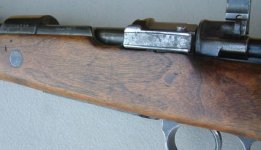 walnutBrn1.jpg113.6 KB · Views: 298
walnutBrn1.jpg113.6 KB · Views: 298 -
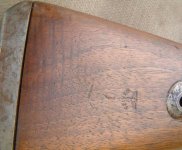 walnutBrn2.jpg102.7 KB · Views: 303
walnutBrn2.jpg102.7 KB · Views: 303 -
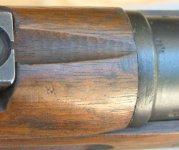 walnutbrn3.jpg91.6 KB · Views: 268
walnutbrn3.jpg91.6 KB · Views: 268 -
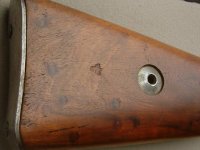 Walnutbrn4.jpg69.7 KB · Views: 275
Walnutbrn4.jpg69.7 KB · Views: 275 -
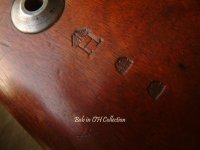 Walnutred1.jpg279.2 KB · Views: 290
Walnutred1.jpg279.2 KB · Views: 290 -
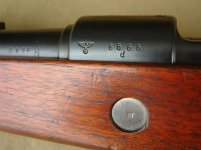 walnutred2.jpg99.6 KB · Views: 254
walnutred2.jpg99.6 KB · Views: 254 -
 walnutred3.jpg67.3 KB · Views: 236
walnutred3.jpg67.3 KB · Views: 236 -
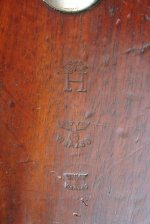 walnutred4.jpg153.9 KB · Views: 230
walnutred4.jpg153.9 KB · Views: 230 -
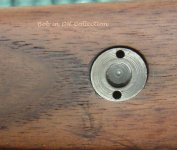 walnuttan1.jpg79.1 KB · Views: 222
walnuttan1.jpg79.1 KB · Views: 222 -
 walnuttan2.jpg39.4 KB · Views: 231
walnuttan2.jpg39.4 KB · Views: 231 -
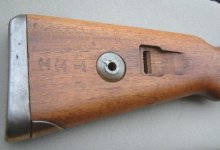 walnuttan3.jpg57.7 KB · Views: 231
walnuttan3.jpg57.7 KB · Views: 231 -
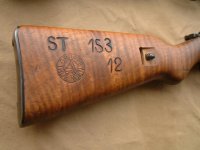 walnuttan4.jpg48.2 KB · Views: 363
walnuttan4.jpg48.2 KB · Views: 363 -
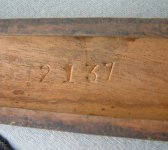 Raw1.jpg105.4 KB · Views: 223
Raw1.jpg105.4 KB · Views: 223 -
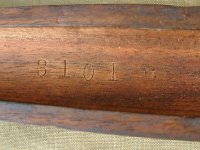 raw2.jpg144.6 KB · Views: 203
raw2.jpg144.6 KB · Views: 203 -
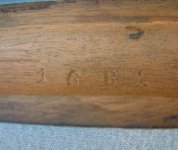 Raw3.jpg85.2 KB · Views: 214
Raw3.jpg85.2 KB · Views: 214



